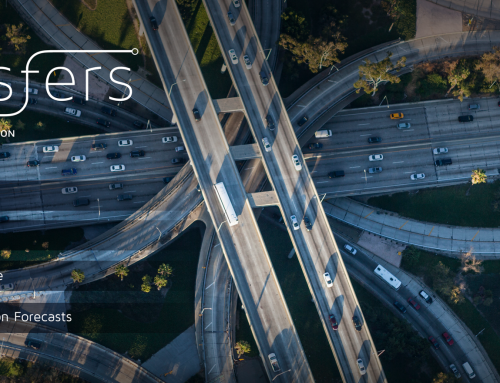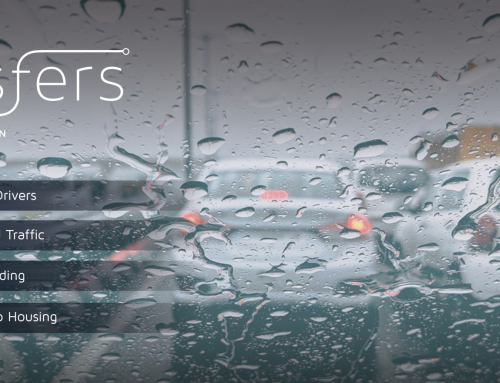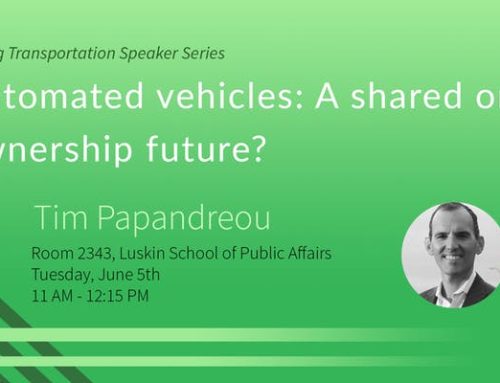Fulton began with the basic question everyone came to discuss: How does resilience relate to planning? Resilience is usually thought of in economic or environmental terms, and the resiliency of the built environment and social fabric of the city receive much less attention. Bill Fulton argued that we should think about how cities and the people within them respond to disturbances.
The built environment must be adaptable and redundant. Fulton cited some examples of built things that have transformed or adapted over the decades: Fanueil Hall in Boston, the High Line in New York City. Fulton asked how today’s built environment will look in a hundred years. If we transformed the high line, can we transform the infamous high-five interchange in Dallas? Is today’s strip mall really tomorrow’s Fanueil Hall?
Fulton also tied resiliency to its predecessor buzzword: sustainability. Though these concepts are related, they are not interchangeable, Fulton argued. Furthermore, a lack of sustainability makes an area less resilient. Fulton cited the example of Hawaii, where the majority of residents’ food is imported on a weekly basis, and only export crops – pineapples and sugarcane – are grown on a large scale. However, neither of these crops are even profitable for the island because they can be grown more cheaply elsewhere. The situation is both unsustainable and economically vulnerable.
Social media has become an important way to understand how people operate within a city and how the social fabric strengthens during emergencies. Fulton referred to the use of social media during Superstorm Sandy that enabled people to communicate and help each other find charging stations, food, and other supplies.
Social media, when used as a planning tool, can revolutionize the way that planners can analyze the needs and desires of urban dwellers, as expressed through their movements. Previously, planners measured only vehicle movements as an indicator of where people were located and which places they used. Social media allows for a bottom up approach that is based on how people function, and makes it much easier to match transportation systems with where people actually are. Transportation problems have become less important when planning for resilience because we can now know where people are located during a disaster, and to whom they are connected. Social media makes social networks and the determinants of transportation behavior more observable on both large and small scales.
Summary by Alyssa Netto and Herbie Huff





